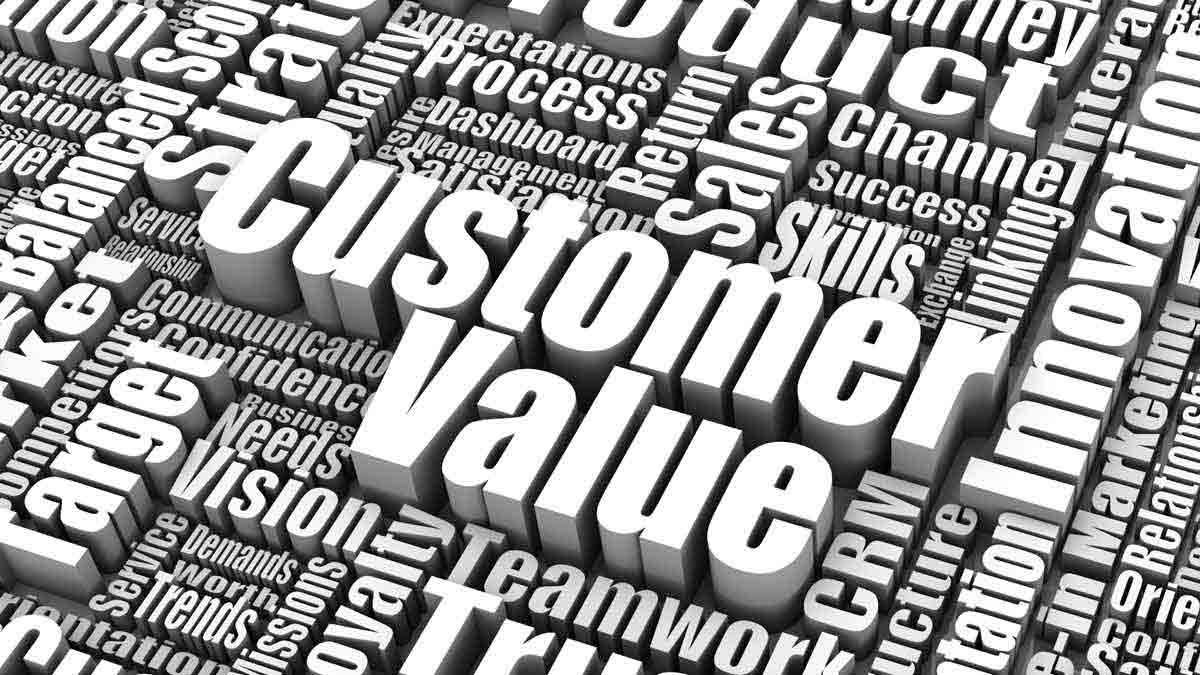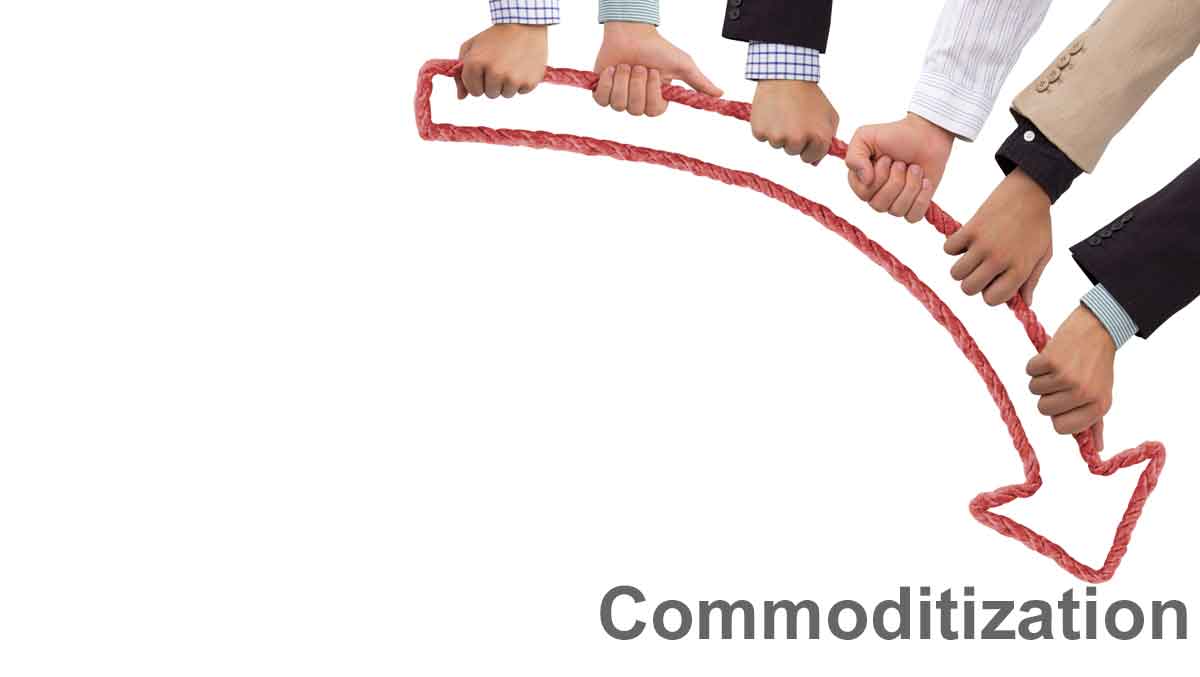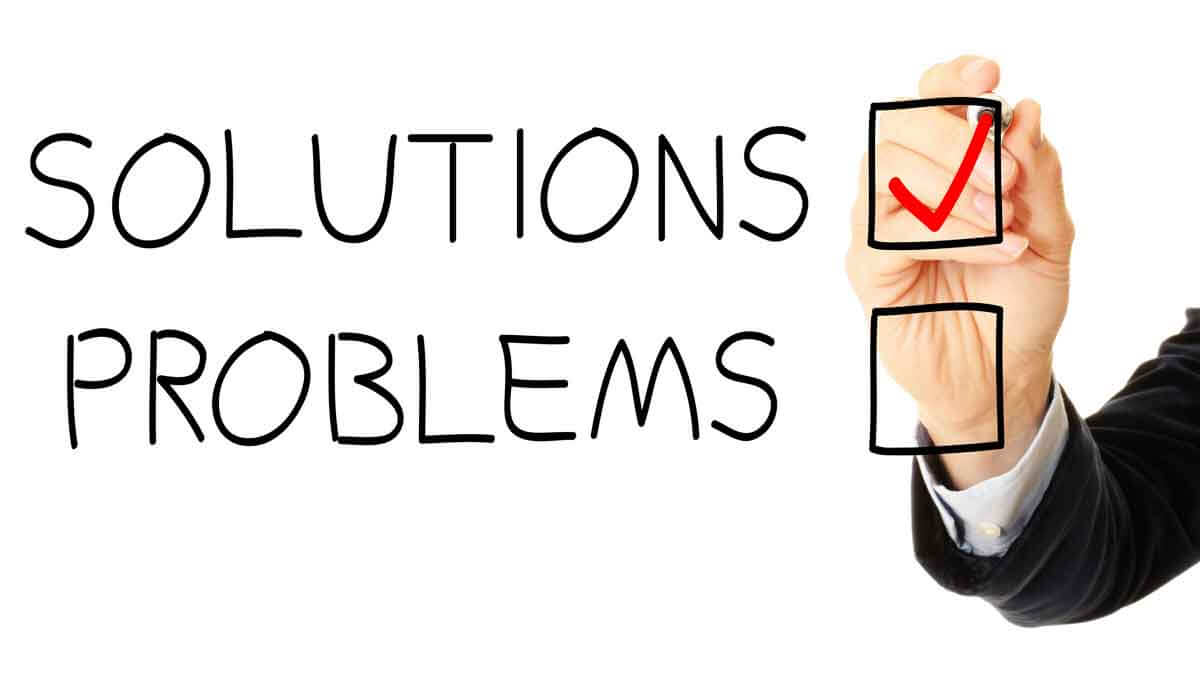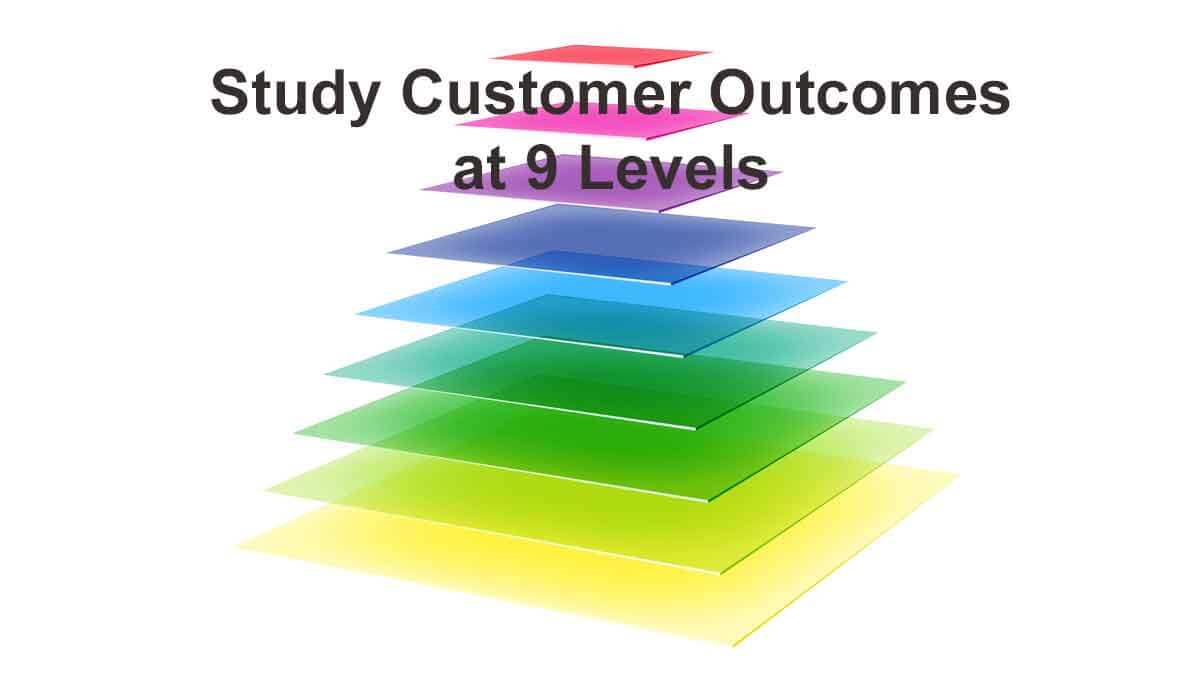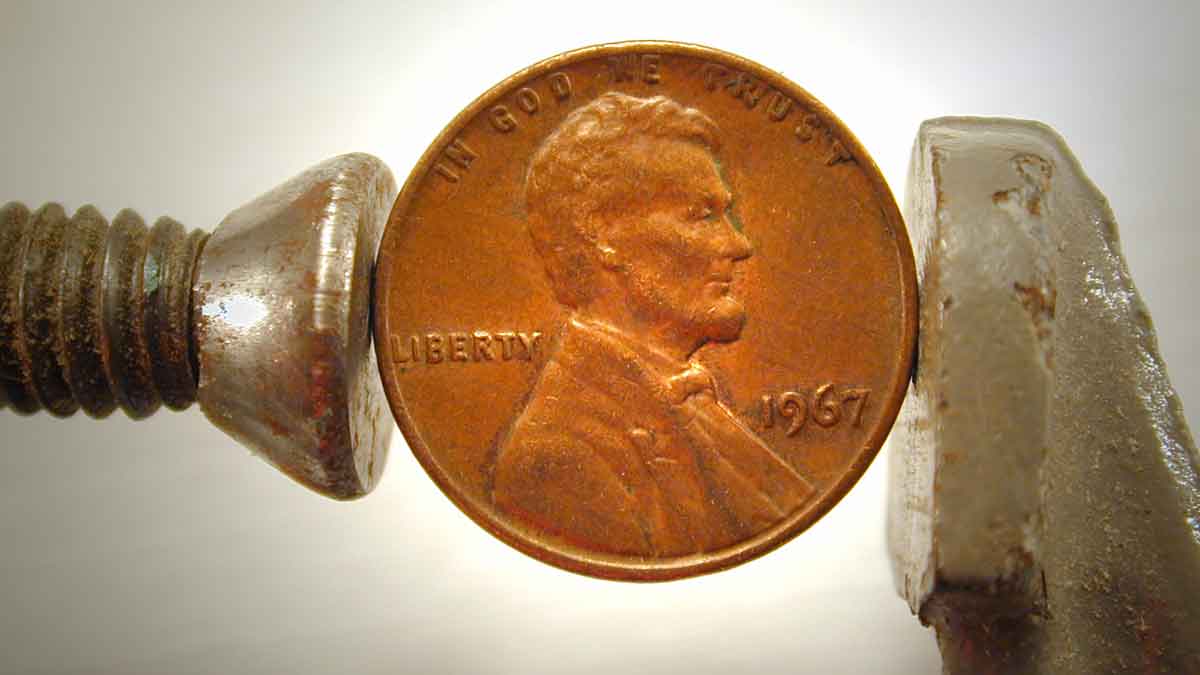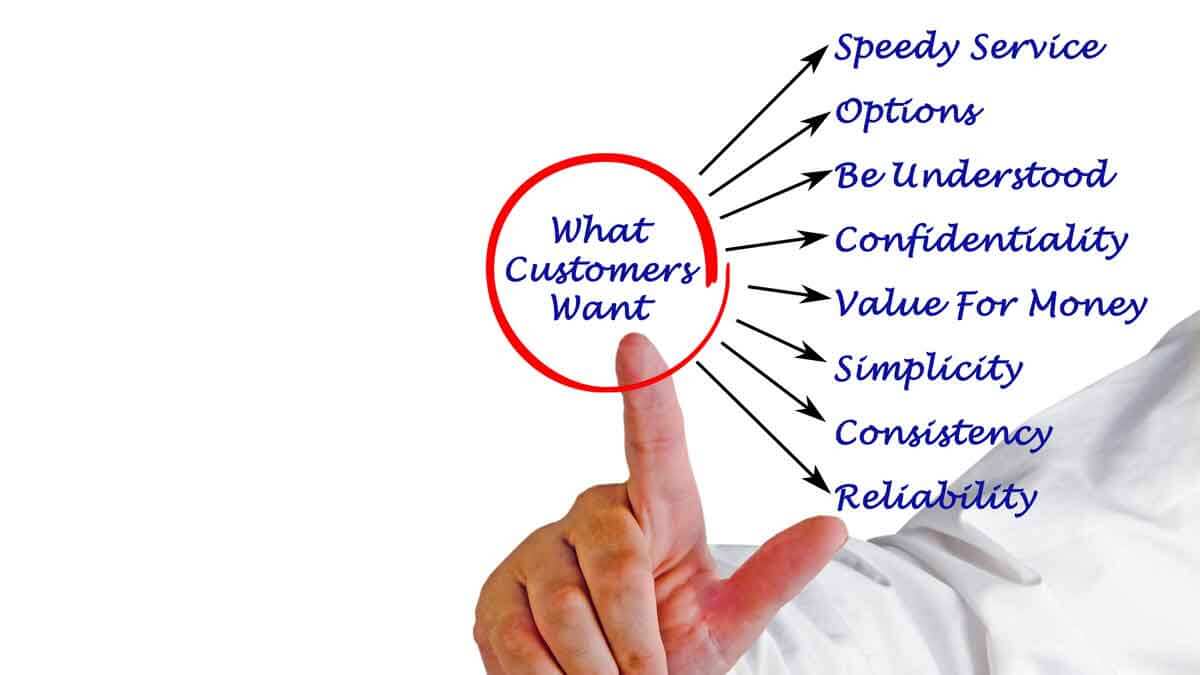If you don’t ask customers the right questions, you can’t quantitatively assess their next best alternative. So you’ll have to guess at pricing. Guess too high and customers won’t buy. Guess too low and… well, customers will let it go this time. And you leave money on the table, perhaps for a decade or more.
Read more in this free white paper, Catch the Innovation Wave (page 12), which details how your company can improve customer value and experience a significant increase in sustainable organic growth.
When you give customers a value calculator with hard numbers, you are much more credible and you build their confidence in your new product. And you boost customer “internal selling.” If your unit price is higher than competitors’, you can help your customer purchasing agent prove he’s a hero, not a goat.
Read more in article, Getting Top Price for Your New Product (Originally published in B2B Organic Growth) Resist the temptation to ask a customer, “What would you pay for this?” There’s a little alarm that sounds in the customer’s head saying you’ve stopped trying to help him, and are now trying to help yourself.
Sure, you can develop products that you find exciting. But unless these products address something customers find important and unsatisfied, don’t expect them to buy them. And if customers do buy your product, they certainly won’t pay a premium. If you’re not happy about this, you’ll have to complain to Adam Smith.
More in white paper, Catch the Innovation Wave (page 8).
There are many forces dragging your products toward commoditization: competitors trying to imitate your products… purchasing agents trying to standardize your products… new technologies trying to obsolete your products. In your quest toward specialty products, you’ll get no outside help. You own this one, baby.
More in article, The Commodity Death Spiral (Originally published in B2B Organic Growth newsletter).
Customers own “outcome” space. You own “solution” space. Don’t let them into your space… unless you want to become a contract manufacturer. Instead, enter their space to understand desired outcomes better than competitors. This lets you deliver unique value in your solutions, which is handsomely rewarded though premium pricing.
More in article, Should You Develop New Products like Steve Jobs? (Originally published in B2B Organic Growth newsletter).
You begin by uncovering, understanding, defining and setting outcomes’ direction… and end by quantifying their value. Skipping just one level dramatically decreases your odds of a highly-profitable new product. Do you know how many levels are baked into your new product development process? If you don’t, it’s less than nine.
More in article, The Science behind Great Value Propositions (Originally published in B2B Organic Growth newsletter).
I am sometimes asked to do a workshop on developing value propositions. I say, “Not unless you invite your customers to it.” Seriously, suppliers already spend far too much time guessing what customers want. Why try to legitimize this innovation malpractice by creating and word-smithing value proposition statements internally?
More in article, The Science behind Great Value Propositions (Originally published in B2B Organic Growth Newsletter).
Great value propositions begin and end with customer outcomes. It’s like collecting specimens, sliding them under your microscope, and continuing to turn up the magnification. The careful researcher doesn’t have to agonize over the right value proposition. It comes into increasing focus, waving its arms and screaming to be addressed.
More in white paper, Timing is Everything (page 9).
Imagine a team spent $50,000 traveling to interview customers about their needs. What would it take to recover this front-end investment? Typically, just one of these… Improve probability of success by 1%, increase market share by ½ share point, accelerate time-to-market by one month, or raise pricing by 0.5%. Buy new headlights and speed up.
More in article, The Harsh Realities of Organic Growth (Originally published in B2B Organic Growth Newsletter).
You can ask for pricing decisions using a survey, e.g. Van Westendorp. But it’s hard to get a straight answer in concentrated B2B markets: They know they’ll be negotiating prices later. Better to understand the customer’s world so well you can create a value calculator… to model their pricing decision-making. You’ll have longer-lasting insights vs. a one-time survey.
More in article, Pricing New vs. Existing Products (Originally published in B2B Organic Growth Newsletter).
An alarm sounds in their heads and they move into “negotiating” mode… so good luck getting a straight answer. But they do want you to understand their needs. So collect economic data during interviews and tours for value-calculator price modeling later. This is why it’s easier to set proper pricing for a new product than an existing one.
More in article, Getting Top Price for Your New Product (Originally published in B2B Organic Growth Newsletter).
Unlike many B2C benefits, e.g. amusement, comfort, and self-esteem, B2B customer benefits are usually measurable, economic and—wait for it now—predictable. This predictability means B2B suppliers who study customer outcomes, like a science, will be handsomely rewarded. B2B customers will eagerly help you… if you know how to ask them.
More in article, The Science behind Great Value Propositions (Originally published in B2B Organic Growth Newsletter).
Two conditions must be present to capture maximum value in product pricing. Condition A: Your product provides a benefit the customer values greatly. Condition B: The customer is unable to get this value elsewhere. If you only interview customers, you learn A, but not B. You need rigorous side-by-side testing for B. Few companies do this correctly. Do you?
More in article, 5 Growth Risks You Can Stop Taking (Originally published in B2B Organic Growth Newsletter).
Customers will help you set prices before—but not after—you launch your new product. They want you to develop innovative new products and services that deliver value to them… so they’ll give you insights to make this happen. These same insights allow you to establish optimal pricing. Do you know how to do this? It will be too late after you launch your product.
More in article, Pricing New vs. Existing Products (Originally published in B2B Organic Growth Newsletter)


